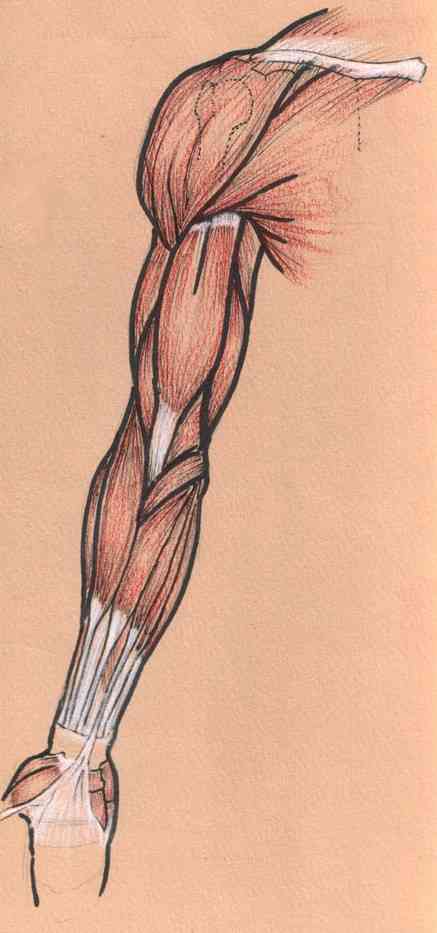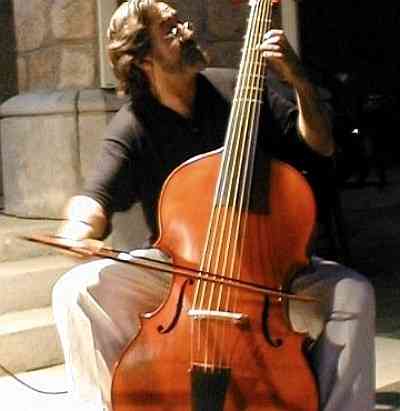27 Feb 08
From Frankie (Letter 2)Frankie - A Mexican Mafia hitman and leader of prison "booty bandits" who has been proposing our gay marriage ever since he saw me apply antifungal ointment to the bedsores on my buttocks at the Madison Street jail, where he was held on murder charges.
An additional 15 to 40 years may be added on to Frankie’s prison sentence. Here’s his latest letter.
Feb-18-08
Englandman,
I’ll dee-cide cuz I’m the man in this relationship.
My friend, enclosed is a copy of what I’m being charged with.
COUNT ONE: (PROMOTING PRISON CONTRABAND, A CLASS TWO FELONY)
COUNT TWO: (POSSESSION OF A NARCOTIC DRUG, A CLASS FOUR FELONY)
COUNT THREE: (POSSESSION OF DRUG PARAPHERNALIA, A CLASS SIX FELONY)
This fuckin State of Arizona doesn’t like me at all. I was offered a plea of four to twelve years and I said fuck that. Anyway, on April 25-08 I will be back in jail going to trial. If I win I will be released on Sept 24-08, but I doubt it very much. If I lose I’ll end up with anywhere from 15 to 40 years. It’s crazy how these fuckers work. But it’s cuz of my background. Remember in 2003 I beat that case of them two alleged murders, and all that other stuff. So here’s their chance to lay me down.
As for me running the jail, that means I was The Boss, The Number One Vato. When I got there on August 17 of 2007 I received kites from the Carnalismo telling me I had the keys to the whole 3rd floor jail, meaning no one does anything without my say so. Let me say this, Tucson County jail is the best jail I’ve ever been. They feed you real good. I honestly thought I was at a nice hotel. I’m so used to that nasty Madison Street jail in Phoenix run by that asshole Sheriff Joe Arpaio. Running the jail also meant that I got access to anything I can put my hands on . . . for example, cheetos! That’s what I looked for at first. I ended up with liver, meaning a black cheeto.
Anyway, the horny guy that I am, I had to get my issue. Plus I needed someone to clean my cell and do my laundry. I would have him come in my cell and clean it. I would have him naked cleaning the floor on his hands and knees while I lay on my bunk and watched him. By the time he was done cleaning I would be nice and hard and he would take care of that too.
Englandman, the black dude was a pretty light complected queer and he loved the way I treated him. Hopefully he will still be there when I go back in April. She called herself Chocolate cuz it melts in her mouth not in her hands. And especially in her ass – mercy!
Englandman, don’t forget your husband. I still own you and don’t you forget it! Don’t make me put a hit on you and have one of your fingers chopped off. I can still remember all that hair on your ass – hey now!
When you’re in prison, slowly but surely everybody forgets you. My poor heart can’t take much more abuse. I’m getting too old for that shit. By the way, have you got you a piece of ass yet? My friend, start sending me pictures of the girls you go with in swim suits. Or even naked. I will be the judge of who you mess with. I’ll dee-cide and you better not forget that!
Give your Mom, Dad, and Sister my Love and Regards.
Much Love & Respect,
=Frankie=
PS Take pictures of stuff in England for me, like the palace where the Queen lives. Things that are beautiful from England.
Frankie also wrote this message inside a drawing of his hand:
Dear Frankie’s Fans,
Since Shaun left me and went back to England I am a lonely soul. I have transformed myself into this piece of paper. Right now I am having sex with your fingers. Please pass me on to someone else because I’m really horny.
To learn more about the prisoners Jon writes about
click here.Does Frankie deserve an additional 15 to 40 years on his sentence for getting caught in prison with three-quarters of a gram of heroin? Email comments to writeinside@hotmail.com or post them belowCopyright © 2007-2008 Shaun P. Attwood















